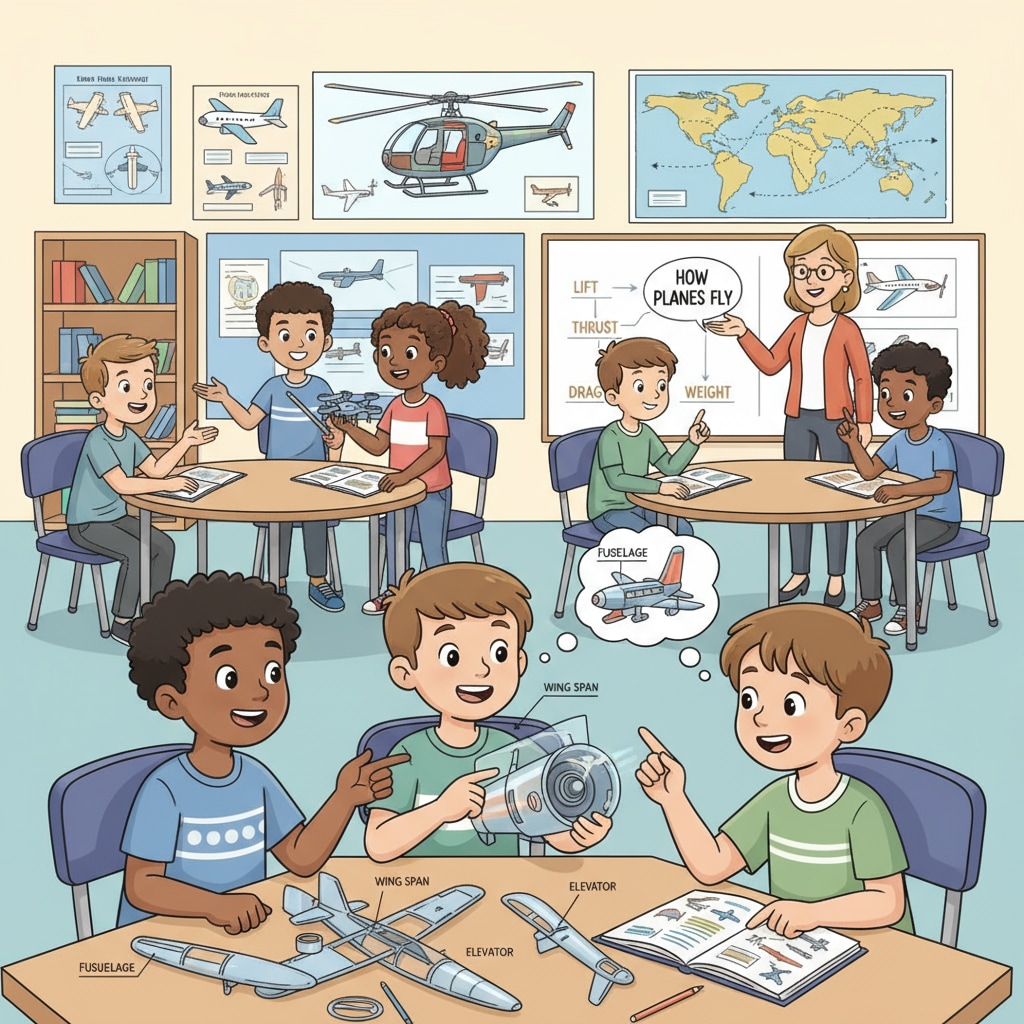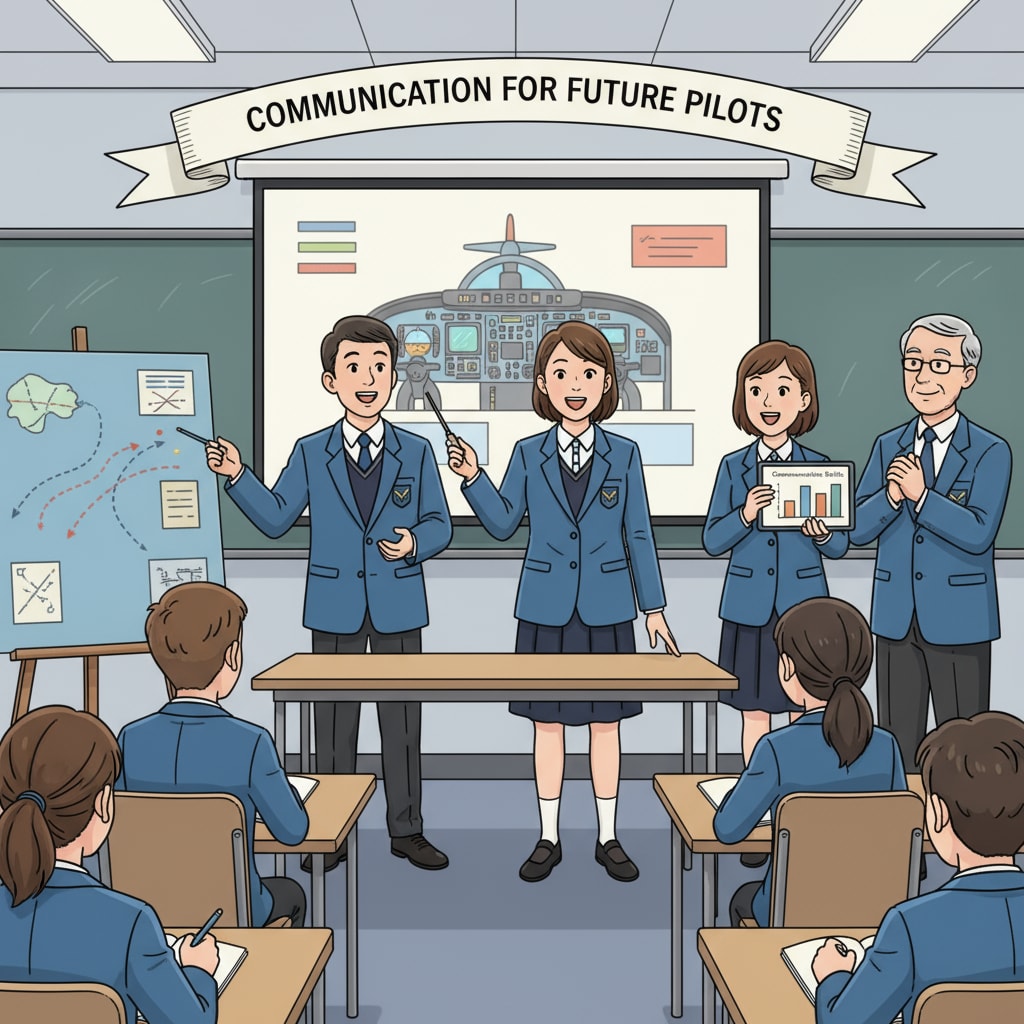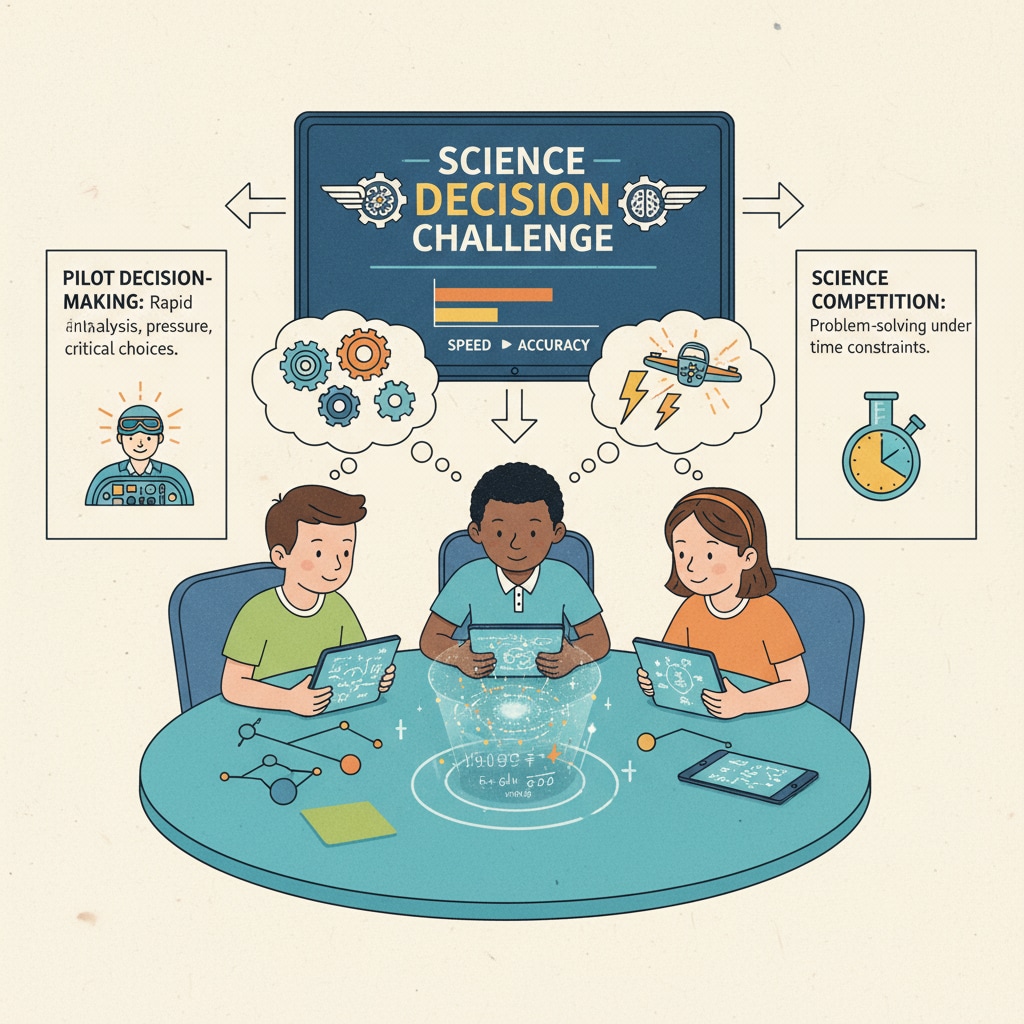Pilot skills, communication ability, decision-making ability, and situational awareness are crucial aspects that need to be nurtured from an early stage for future aviators. The K12 educational journey plays a pivotal role in laying the foundation for these essential capabilities.

The Foundation of Communication Skills
Effective communication is the cornerstone of a pilot’s job. In K12 education, students can start by honing their verbal and written communication skills. Group projects, presentations, and debates in school provide excellent opportunities. For example, students can participate in model United Nations activities where they need to clearly convey their ideas and listen attentively to others. This helps in developing the ability to communicate accurately and concisely, which is vital when communicating with air traffic control or crew members. Communication Skills on Wikipedia

Decision-Making Under Pressure
Future pilots must be able to make quick and sound decisions under pressure. K12 educators can introduce problem-solving activities that simulate high-pressure situations. Science competitions, for instance, require students to think on their feet and make decisions within a limited time frame. These experiences train the mind to analyze situations, weigh options, and choose the best course of action, just like a pilot does during a flight. Decision-Making on Britannica

Technical knowledge is another area that should be emphasized in K12. Basic concepts of physics, mathematics, and engineering can spark an interest in aviation. Building simple models, such as paper airplanes or model rockets, can help students understand the principles of flight. This hands-on approach not only makes learning fun but also instills a solid understanding of the technical aspects that are fundamental to flying.
Situational awareness is the ability to understand and interpret the environment around you. In K12, activities like map reading, orienteering, and outdoor exploration can enhance this skill. Students learn to observe their surroundings, anticipate changes, and respond accordingly. This is directly applicable to a pilot’s need to be aware of weather conditions, aircraft systems, and the overall flight situation.
As students progress through K12, the development of adaptability to change becomes crucial. The aviation industry is constantly evolving, and pilots need to be able to quickly adapt to new technologies, procedures, and regulations. Encouraging students to embrace new challenges, learn new subjects, and adjust to different teaching methods can help cultivate this adaptability.
Readability guidance: By focusing on these areas in K12 education, we can better prepare future pilots. Short paragraphs and lists, like those used above, help in summarizing key points. Each H2 section provides a clear focus, and the use of external links adds credibility. The inclusion of images and transition words throughout the text also enhances readability.


